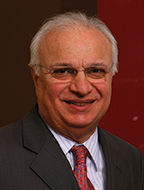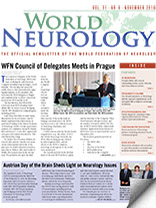 On Sept. 17, 2017, at the Annual General Meeting of the World Federation of Neurology Council of Delegates during the World Congress of Neurology in Kyoto, Japan, elections will be held for the following posts:
On Sept. 17, 2017, at the Annual General Meeting of the World Federation of Neurology Council of Delegates during the World Congress of Neurology in Kyoto, Japan, elections will be held for the following posts:
- President to take up office from Jan. 1, 2018 (position vacated by Raad Shakir, MD, not eligible for re-election)
- First vice president to take up office from Jan. 1, 2018 (position vacated by William M. Carroll, MD, not eligible for re-election as first vice president)
- One elected trustee to take up office from Sept. 18, 2017 (position vacated by Riadh Gouider, MD, eligible for re-election)
Candidate names may be submitted together with written confirmation of their willingness to stand for election, a brief curriculum vitae (a single type-written page), and written support from their national society. This should reach the London secretariat office by Jan. 31, 2017.
The Nominating Committee will draw up an official list six months before the date of the election and will scrutinize all submissions received. Candidates for the positions of president and first vice president also will be required to provide a statement of their goals and objectives for the organization if elected, which will be published in World Neurology. They also will be required to present a short statement at the Council of Delegates on the day of the election.
Please note that following the closing date, additional nominations can be submitted by five or more national delegates acting jointly up to 30 days before the Council of Delegates meeting (Aug. 18, 2017).
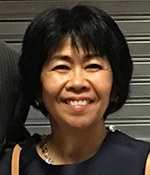
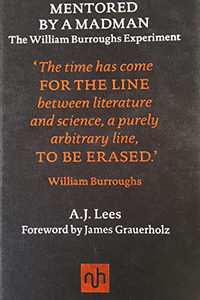 As a sixth-grade child, the future Dr. Lees was introduced to the work of Richard Spruce, an American biologist who may be considered the father of modern ethnobotany. They shared a “passion for grasses and trees” and Spruce’s descriptions “left me with an indelible impression of the convulsive beauty of the forest … he also hinted in this logbooks that the plants of the rainforest held most of the secrets to understanding and manipulating the chemical systems of the human brain.”
As a sixth-grade child, the future Dr. Lees was introduced to the work of Richard Spruce, an American biologist who may be considered the father of modern ethnobotany. They shared a “passion for grasses and trees” and Spruce’s descriptions “left me with an indelible impression of the convulsive beauty of the forest … he also hinted in this logbooks that the plants of the rainforest held most of the secrets to understanding and manipulating the chemical systems of the human brain.”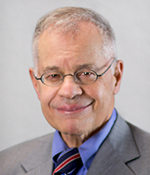
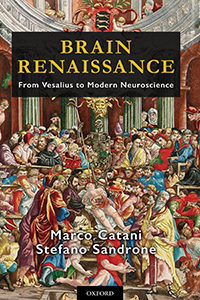
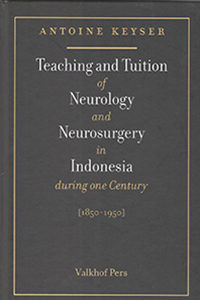 By Wolfgang Grisold, MD
By Wolfgang Grisold, MD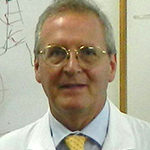
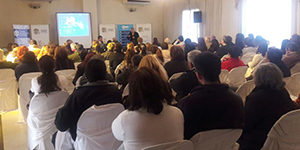
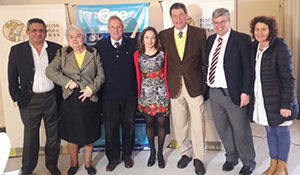

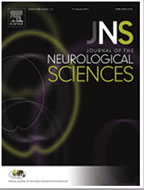 Dr. Gilden, professor and former chair of the department of neurology at the University of Colorado School of Medicine, passed away Aug. 22 at age 78. He was the department’s longest-serving chair (1985-2009) and led the department into an era of prominence. He exemplified the fast-disappearing triple threat academic with his outstanding abilities in clinical neurology, education, and basic research. He was internationally renowned as a foremost expert in the biology and pathogenesis of varicella zoster virus (VZV). He was the first to demonstrate that VZV DNA can be found in normal human sensory ganglia neurons, and described VZV-vasculopathy of brain. His most recent studies concentrated upon the association of VZV with giant cell (temporal) arteritis. He authored or co-authored 420 papers, many of which are now seminal articles in the field of neuro-virology and neurology. On a personal note, I owe him a great debt of gratitude since he offered me my first academic faculty position and helped guide my academic career. He was a tireless and gifted reviewer and contributor to the Journal of the Neurological Sciences.
Dr. Gilden, professor and former chair of the department of neurology at the University of Colorado School of Medicine, passed away Aug. 22 at age 78. He was the department’s longest-serving chair (1985-2009) and led the department into an era of prominence. He exemplified the fast-disappearing triple threat academic with his outstanding abilities in clinical neurology, education, and basic research. He was internationally renowned as a foremost expert in the biology and pathogenesis of varicella zoster virus (VZV). He was the first to demonstrate that VZV DNA can be found in normal human sensory ganglia neurons, and described VZV-vasculopathy of brain. His most recent studies concentrated upon the association of VZV with giant cell (temporal) arteritis. He authored or co-authored 420 papers, many of which are now seminal articles in the field of neuro-virology and neurology. On a personal note, I owe him a great debt of gratitude since he offered me my first academic faculty position and helped guide my academic career. He was a tireless and gifted reviewer and contributor to the Journal of the Neurological Sciences.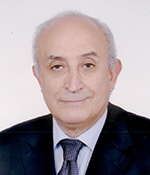
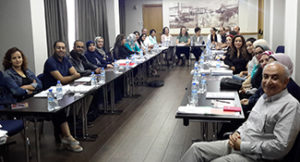
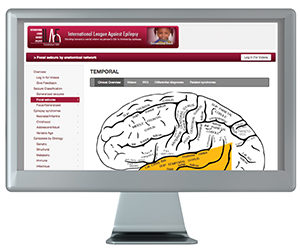 Although there is much information on the internet about epilepsy and seizures, there is a glaring absence of a single source of information that aligns with the international classification and provides an organized presentation of the many seizure types and syndromes to help with diagnosis and treatment.
Although there is much information on the internet about epilepsy and seizures, there is a glaring absence of a single source of information that aligns with the international classification and provides an organized presentation of the many seizure types and syndromes to help with diagnosis and treatment.